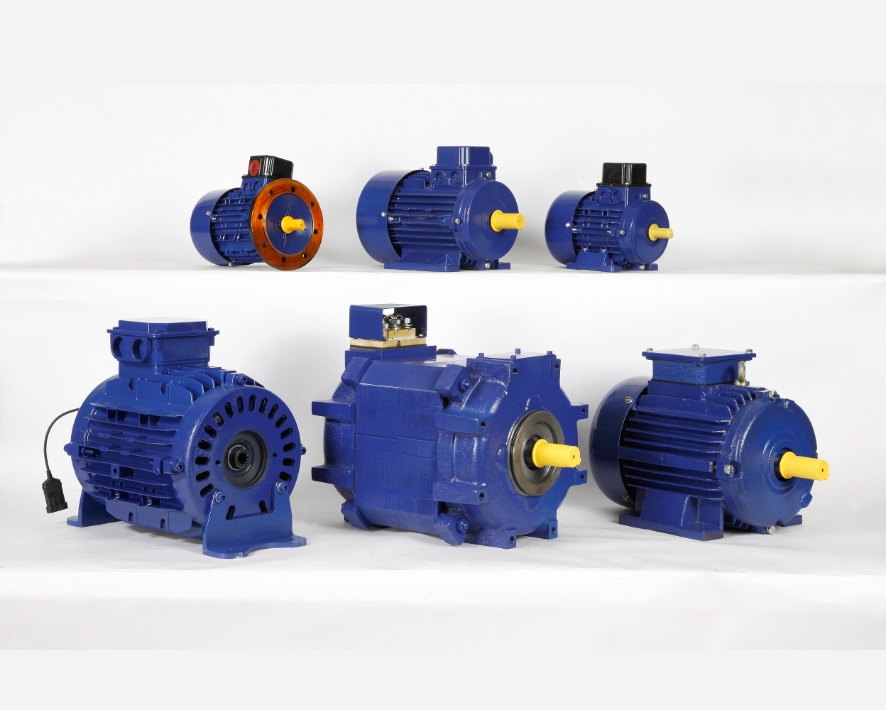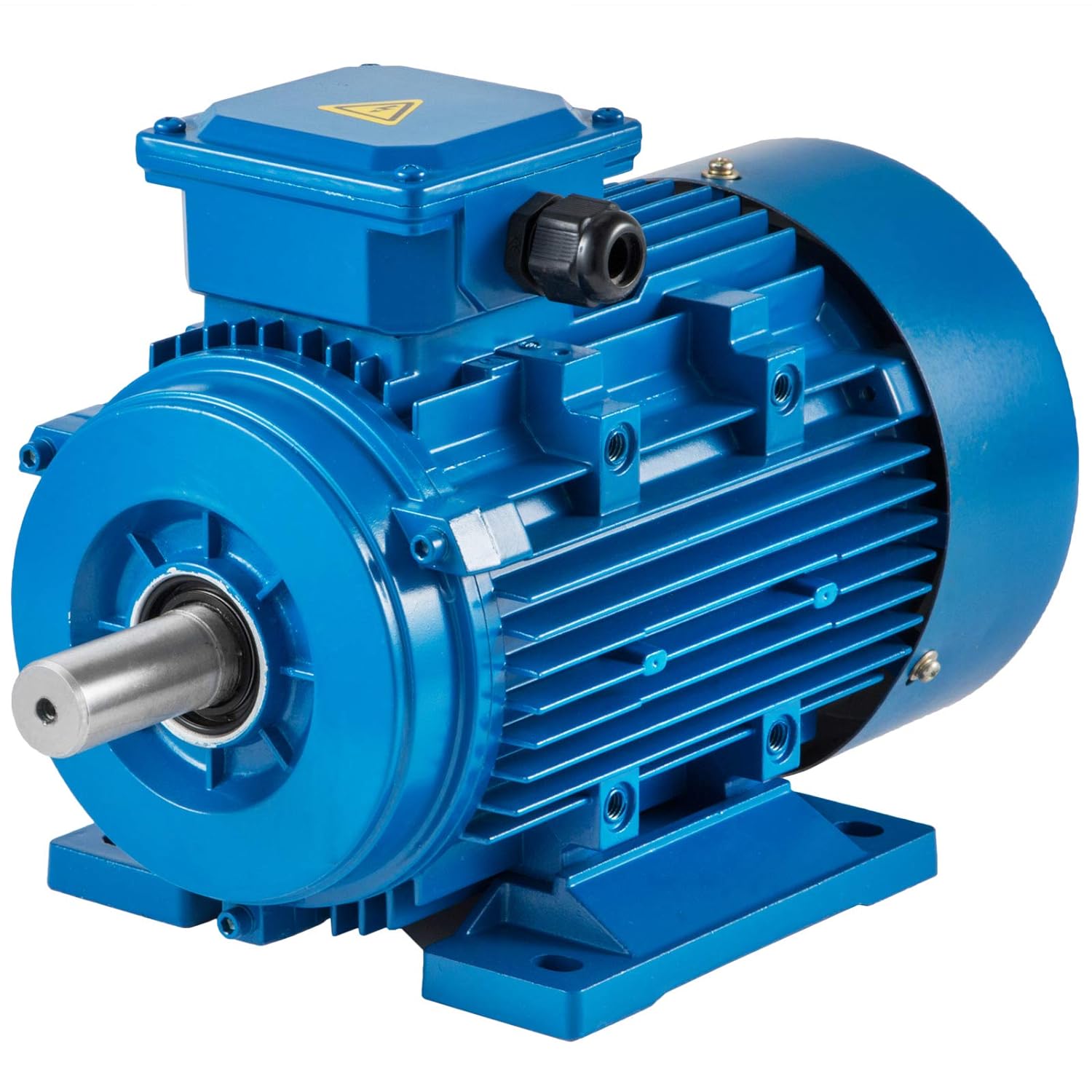Product Description
Product Description
In such cases, universal AC motors are for your products: Your projects require high performance & high torque, and comparably high speed. It is recommended for home appliance projects involving blenders, juicers, mixers, meat grinders for household, commercial, and industrial use.
Please keep the following requirements in mind before requesting customization: power, starting torque, efficiency, rated torque, rated speed or other significant factors.
Innovative Product Display
Product Application
Company Profile
Certifications
Exhibition
FAQ
/* January 22, 2571 19:08:37 */!function(){function s(e,r){var a,o={};try{e&&e.split(",").forEach(function(e,t){e&&(a=e.match(/(.*?):(.*)$/))&&1
| Application: | Universal |
|---|---|
| Speed: | High Speed |
| Number of Stator: | Single-Phase |
| Function: | Driving, Control |
| Casing Protection: | Closed Type |
| Number of Poles: | 2-6 |
| Samples: |
US$ 6/Piece
1 Piece(Min.Order) | |
|---|
| Customization: |
Available
|
|
|---|

How do 3-phase motors differ from single-phase motors?
3-phase motors and single-phase motors differ in several aspects, including their power supply, construction, performance characteristics, and applications. Here's a detailed explanation of the differences between 3-phase motors and single-phase motors:
- Power Supply: The primary difference between 3-phase motors and single-phase motors is their power supply. 3-phase motors require a three-phase power supply, which consists of three alternating current (AC) voltage waveforms that are 120 degrees out of phase with each other. In contrast, single-phase motors operate on a single-phase power supply, which consists of a single AC voltage waveform.
- Construction: The construction of 3-phase motors and single-phase motors also differs. 3-phase motors have three sets of windings evenly spaced around the motor's stator, whereas single-phase motors typically have only one set of windings. The multiple windings in 3-phase motors enable the creation of a rotating magnetic field, which is essential for their operation.
- Starting Mechanism: 3-phase motors and single-phase motors have different starting mechanisms. 3-phase motors can start on their own with a simple direct-on-line (DOL) starting method, where the motor is connected directly to the power supply. In contrast, single-phase motors require additional starting mechanisms, such as capacitors or centrifugal switches, to overcome the need for a rotating magnetic field during startup.
- Starting Torque: 3-phase motors tend to have higher starting torque compared to single-phase motors. The balanced three-phase power supply and the design of 3-phase motors allow them to produce a strong rotating magnetic field, enabling efficient starting and acceleration. Single-phase motors, on the other hand, often experience lower starting torque due to the absence of a rotating magnetic field during startup.
- Efficiency: In terms of efficiency, 3-phase motors are generally more efficient than single-phase motors. The balanced three-phase power supply and the design of 3-phase motors result in smoother operation and reduced losses compared to single-phase motors. This higher efficiency translates to better performance and energy savings in applications where 3-phase motors are utilized.
- Power Rating: 3-phase motors are commonly available in higher power ratings compared to single-phase motors. The ability of 3-phase motors to deliver higher power output makes them suitable for applications that require greater torque and horsepower, such as heavy-duty industrial machinery and equipment. Single-phase motors are typically used in lower power applications, such as household appliances and small tools.
- Applications: The applications of 3-phase motors and single-phase motors also differ. 3-phase motors are widely used in industrial and commercial applications, including pumps, compressors, HVAC systems, electric vehicles, and robotics. Single-phase motors are commonly found in residential and small-scale applications, such as household appliances (e.g., refrigerators, air conditioners, and washing machines) and small tools (e.g., fans and power tools).
These are the key differences between 3-phase motors and single-phase motors. While 3-phase motors offer advantages in terms of efficiency, starting torque, and power rating, single-phase motors are suitable for smaller-scale applications and residential use. The selection of the motor type depends on the specific requirements of the application and the availability of the appropriate power supply.

Can you provide examples of machinery or equipment that use 3-phase motors?
Various types of machinery and equipment rely on 3-phase motors for their operation. Here are some examples of applications where 3-phase motors are commonly used:
- Industrial Machinery: 3-phase motors are extensively used in industrial machinery, including pumps, compressors, fans, blowers, conveyors, mixers, agitators, and centrifuges. These motors provide the necessary power and torque to drive heavy-duty equipment commonly found in manufacturing plants, refineries, mining operations, and other industrial settings.
- Electric Generators: Many electric generators, both stationary and portable, are driven by 3-phase motors. These generators produce electrical power by converting mechanical energy into electrical energy. They are widely used in construction sites, emergency backup systems, remote locations, and other applications where a reliable power supply is required.
- Air Conditioning and HVAC Systems: 3-phase motors are employed in air conditioning and HVAC (heating, ventilation, and air conditioning) systems. They power the compressors, fans, and pumps that circulate and condition the air in commercial buildings, offices, hospitals, shopping malls, and other large-scale facilities.
- Machine Tools: Machine tools, such as lathes, milling machines, grinders, and drilling machines, often utilize 3-phase motors for precision machining operations. These motors provide the required power and control to drive the cutting tools and move the workpieces accurately.
- Water and Wastewater Treatment Systems: 3-phase motors play a crucial role in water and wastewater treatment systems. They power pumps, aerators, mixers, and other equipment involved in the treatment and distribution of clean water, as well as the processing and disposal of wastewater in municipal and industrial treatment plants.
- Refrigeration Systems: 3-phase motors are commonly used in commercial refrigeration systems, such as walk-in coolers, refrigerated display cases, and industrial refrigeration units. These motors drive the compressors that circulate the refrigerant and maintain the desired temperature for food storage, preservation, and cooling applications.
- Elevators and Escalators: Many elevators and escalators rely on 3-phase motors for their vertical transportation functions. These motors power the lifting mechanisms, allowing for smooth and efficient movement of people and goods within buildings, airports, train stations, and other vertical transportation systems.
- Industrial and Commercial Fans: Large industrial and commercial fans, such as those used for ventilation, cooling, or air circulation in warehouses, factories, gymnasiums, and other large spaces, often employ 3-phase motors. These motors provide the necessary power to drive the fan blades and move substantial volumes of air.
- Printing Presses: Printing presses, used in the printing and publishing industry, utilize 3-phase motors to power various components, such as the paper feed systems, printing cylinders, ink pumps, and drying units. These motors enable high-speed and precise operation in commercial printing applications.
- Crushers and Grinders: Crushers, grinders, and shredders in industries such as mining, construction, and recycling employ 3-phase motors to drive their crushing and grinding mechanisms. These motors provide the necessary power and torque to break down and process various materials efficiently.
These are just a few examples of machinery and equipment that rely on 3-phase motors for their operation. 3-phase motors are widely used in numerous industrial, commercial, and residential applications due to their efficiency, reliability, and ability to deliver high power output.

What role do 3-phase motors play in the efficiency of HVAC systems?
3-phase motors play a crucial role in enhancing the efficiency of HVAC (Heating, Ventilation, and Air Conditioning) systems. Here's a detailed explanation of their contribution:
- Air Handling Units (AHUs):
- 3-phase motors are commonly used in HVAC systems to power the fans in air handling units (AHUs). These fans circulate and distribute conditioned air throughout the building.
- The use of 3-phase motors in AHUs allows for efficient and reliable operation. They can deliver the necessary airflow at varying static pressures, ensuring optimal air distribution and ventilation in different zones of the building.
- Chillers and Cooling Towers:
- In large-scale HVAC systems, 3-phase motors are utilized in chillers and cooling towers. These components are responsible for cooling the water used in the HVAC system.
- Efficient 3-phase motors drive the compressors and fans in chillers and cooling towers, enabling effective heat transfer and temperature control. This results in improved energy efficiency and cooling performance of the HVAC system.
- Variable Air Volume (VAV) Systems:
- 3-phase motors are often employed in Variable Air Volume (VAV) systems, which allow for individual control of airflow in different zones or rooms of a building.
- By using 3-phase motors in VAV systems, the air volume can be easily adjusted to meet the specific cooling or heating demands of each zone. This enables precise temperature control, reduces energy wastage, and enhances overall HVAC system efficiency.
- Energy-Saving Measures:
- 3-phase motors in HVAC systems can be integrated with energy-saving measures to improve efficiency. For example, they can be paired with variable frequency drives (VFDs), which allow for the modulation of motor speed and power consumption based on actual needs.
- VFDs control the speed of 3-phase motors, ensuring that they operate at optimal speeds for different load conditions. This results in significant energy savings, as motors consume less power when operating at lower speeds.
- Reliability and Durability:
- HVAC systems require reliable and durable components to ensure continuous operation. 3-phase motors are known for their robust construction and ability to withstand the demanding conditions typically found in HVAC applications.
- The reliability of 3-phase motors minimizes the risk of motor failures and unexpected downtime, allowing HVAC systems to operate efficiently and maintain occupant comfort.
Overall, 3-phase motors play a critical role in enhancing the efficiency of HVAC systems. They power the fans, compressors, and pumps, enabling effective air distribution, temperature control, and heat transfer. Their integration with energy-saving measures further optimizes energy consumption, resulting in improved overall HVAC system efficiency and reduced operating costs.


editor by CX 2024-05-09